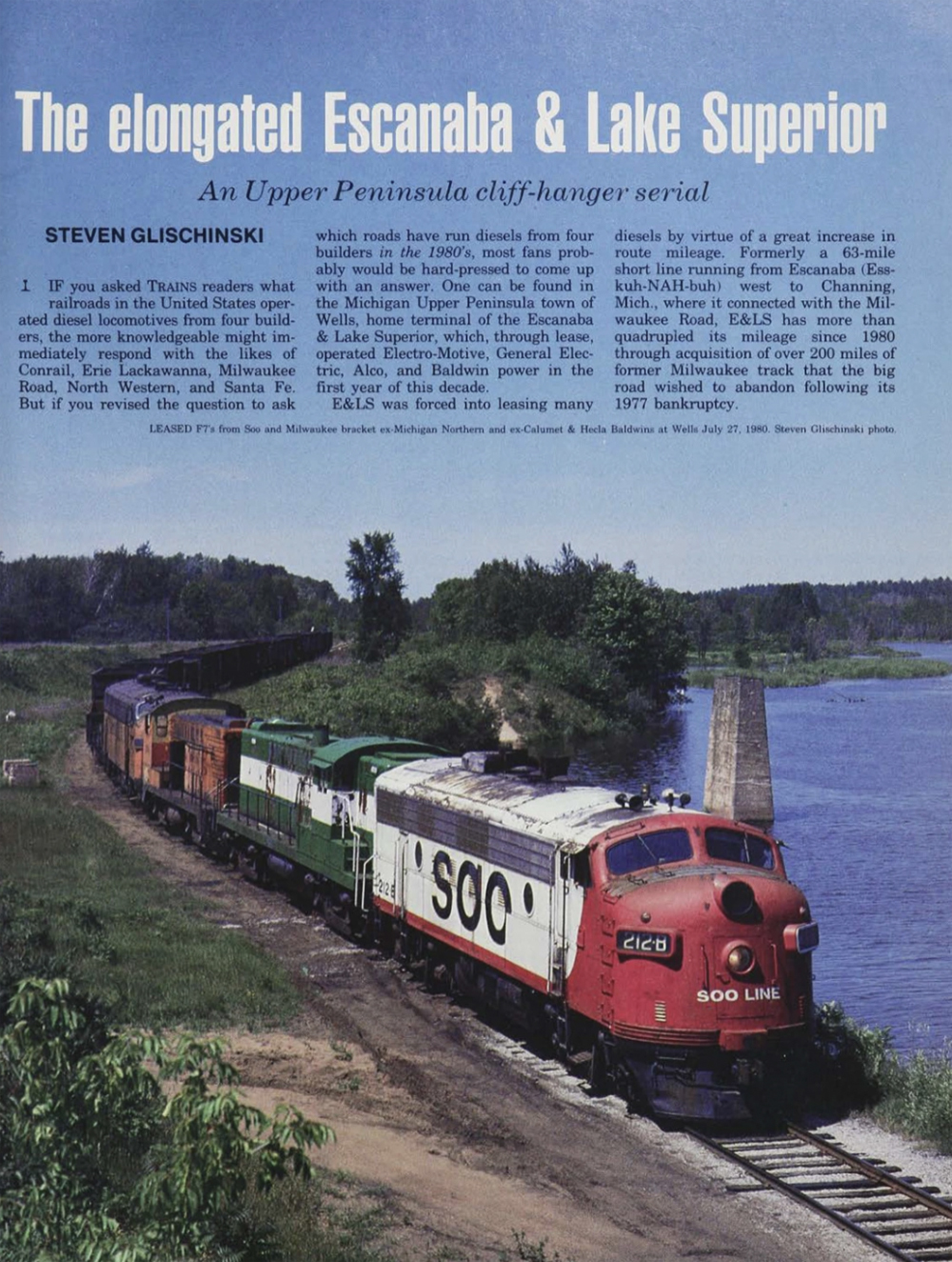
What was your first byline in Trains?
Steve Glischinski: My first byline was an article on the Escanaba & Lake Superior in the July 1984 issue. It was the cover story. I was so excited I went out and bought a whole bunch of issues and gave them out to friends! For several years I had photos published in the magazine; my first published photo was in the December 1974 issue of a special passenger train on the Duluth, Missabe & Iron Range Railway. The E&LS story grew out of the fact I was friends with the railroad’s owner and had worked there as a station agent in 1980 and periodically again in 1981 and 1982.
I had gotten to know then Associate Editor J. David Ingles through my photos and pitched the story to him. He took it to David P. Morgan who thought it was a good idea since the E&LS had expanded dramatically in 1980 buying several lines from the Milwaukee Road.
I had previously had articles published in Passenger Train Journal and Railfan but that was my “big break” with Trains.
What’s your favorite locomotive and why?
Steve Glischinski: It’s really a tie between Electro-Motive F units and E units. I’ve always had a soft spot for anything that’s streamlined. I’m also a fan of Art Deco styling, and since these locomotive designs originated in the 1930s they are a direct link to that era. It’s just a classy design and has proved to be timeless. I feel very lucky that I was able to actually see these type of units when they were still operating in regular service on the railroads, although they were on their last legs in those years.
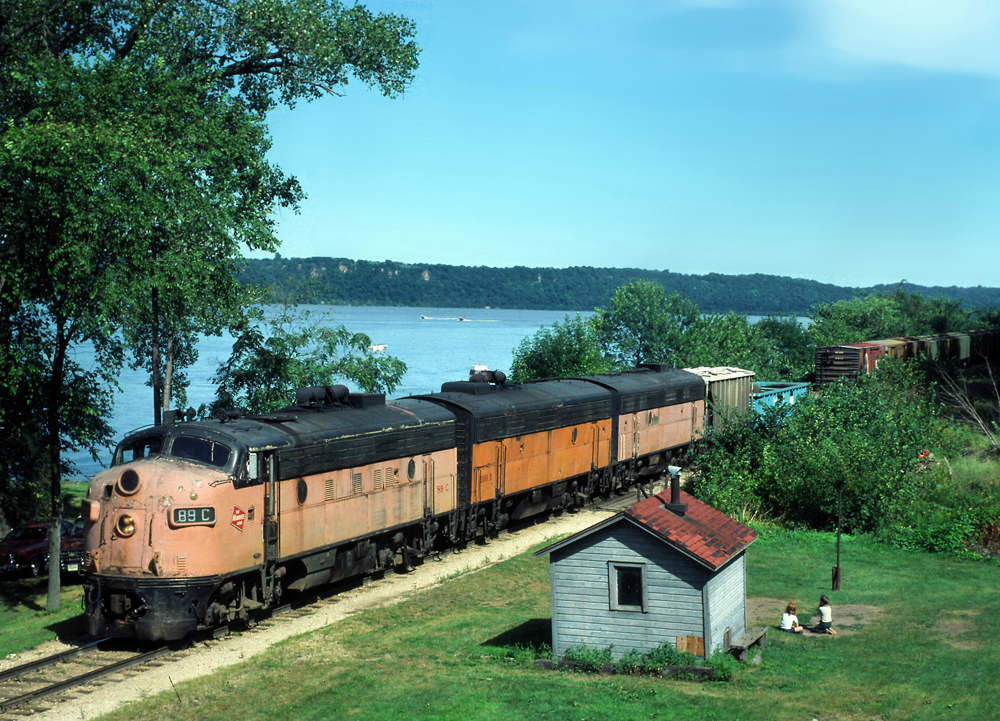
Describe your love of railroading in 6 words or less?
Steve Glischinski: Moving, engaging, historic, and frustrating!
What’s your fondest memory as a contributor?
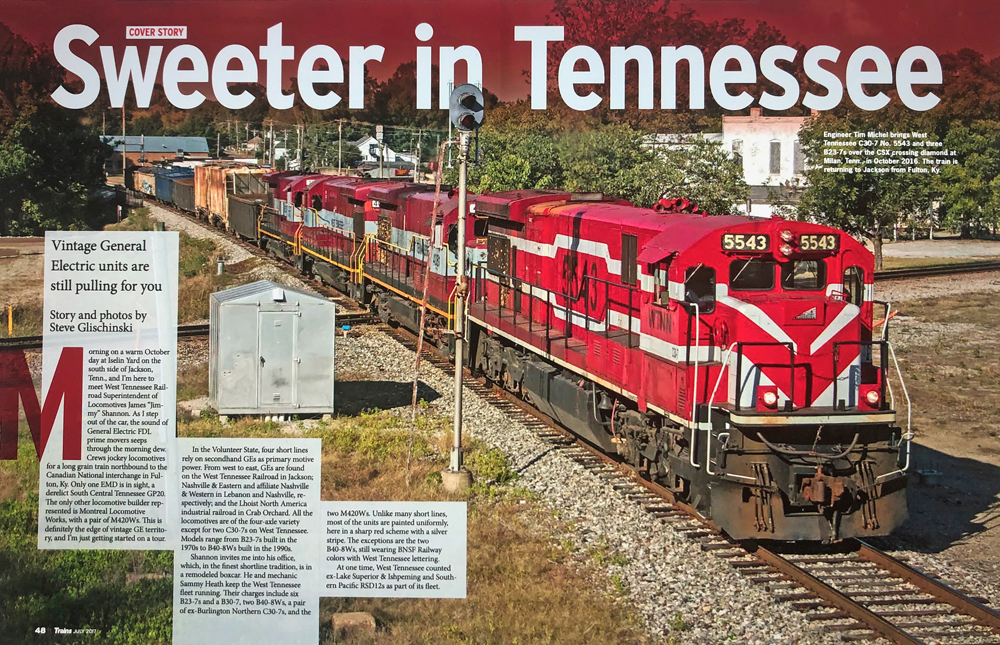
Steve Glischinski: One was when I did an article about short lines in Tennessee in the July 2017 issue. I was interviewing the Superintendent of Locomotives of the West Tennessee Railroad, and when talking about his General Electric C30-7 locomotives he said “They could pull the bend out of a river.” Editor Jim Wrinn called me when he saw it and said it was one of the best quotes he had ever seen. Another was in the 1990s when Dave Ingles asked if I would be interested in becoming what they then called a “Special Correspondent” for the magazine. I was flabbergasted but honored to be asked. While the “Special” title faded away, I am still honored to be a correspondent. Another great memory was when I had the chance to interview Mike Haverty, then president of Kansas City Southern Railway. Haverty was and still is one of the most perceptive railroaders I’ve ever met and it was really fun to meet and talk with him.
What article received the biggest reader reaction?
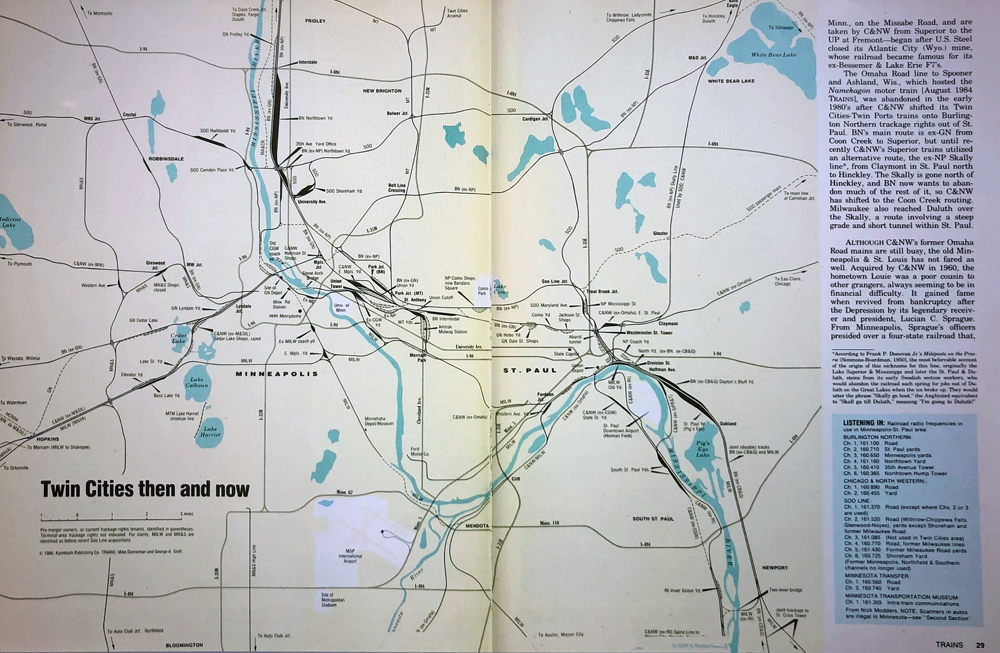
Steve Glischinski: I did a long article on railroads of the Twin Cities area in the October 1986 issue. It took a lot of time and research to do, plus Trains’ Art Department did a really great, detailed map. It got a lot of reaction, both good and bad. A lot of people liked it but some others thought it was too long and some people were unhappy with the photo selections. I just figured if it was getting all that reaction at least people were reading it! For many years I would see the map from that article all over the place – even in railroad offices where they photocopied it and stuck it up on the wall.
What advice would you give a new contributor?
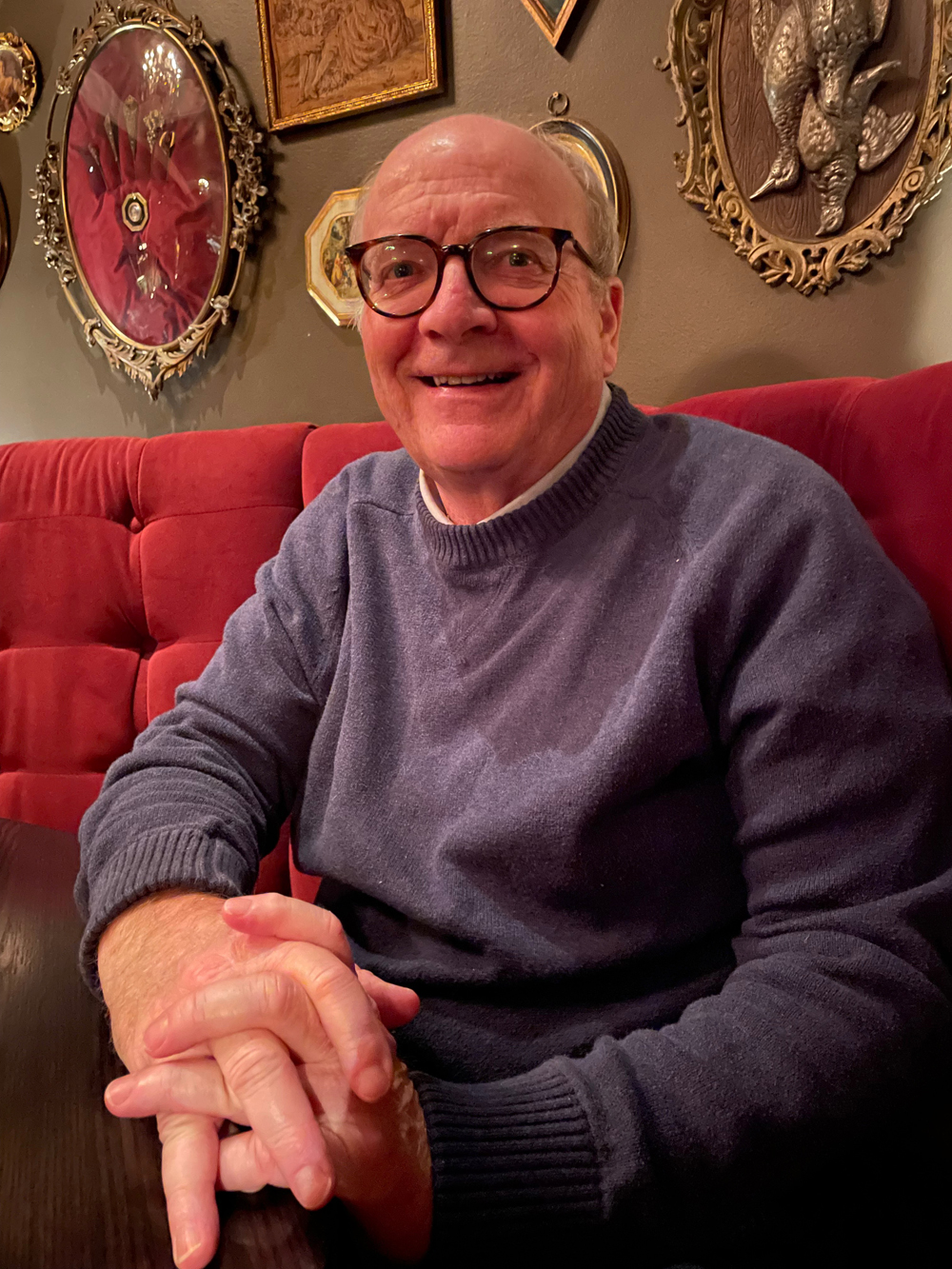
Steve Glischinski: I would start with contributing photos. I broke in by consistently contributing photos of news worthy happenings about railroading in my area. Today it’s really simple thanks to digital – in the old days you had to bundle up some slides, write a letter with captions, and mail it in – obviously it’s much easier today!
That helps make you a “known quantity” to editors – “he/she is the person from ‘blank’ that sends us a lot of stuff.” Don’t be afraid to reach out via email to editors with ideas, or ask an editor if there is something from your area that they would be interested in. You’d be surprised how little coverage some places get, and since editors want to have a magazine that has as wide appeal as possible, they are always looking to expand their coverage. Don’t give up on an idea either.
A recent article I did for Classic Trains was rejected twice before it was accepted, so keep at it. If you can get a single article published, you’d be surprised how many doors it will open – pretty soon editors will be reaching out to ask you to do a story instead of the other way around.
There’s simply nothing like the joy you get when you see your name in print – I’ve been writing about railroading for over 40 years and I still get excited to get a copy of Trains in the mail (or now digital) that has one of my stories in it.
After reading “Beyond the byline with Steve Glischinski,” check out “Beyond the byline with David Lustig.”






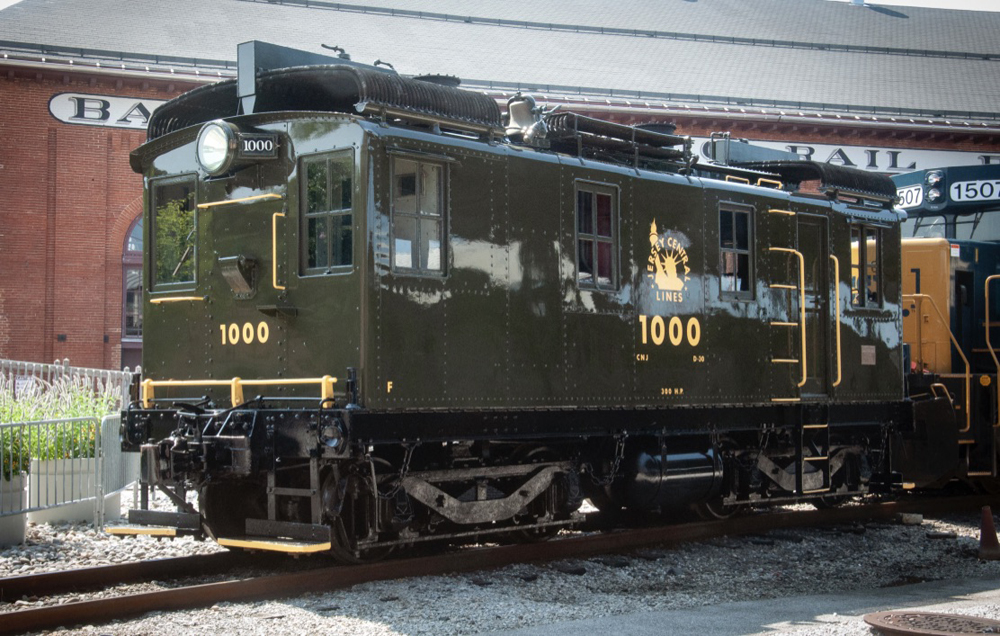
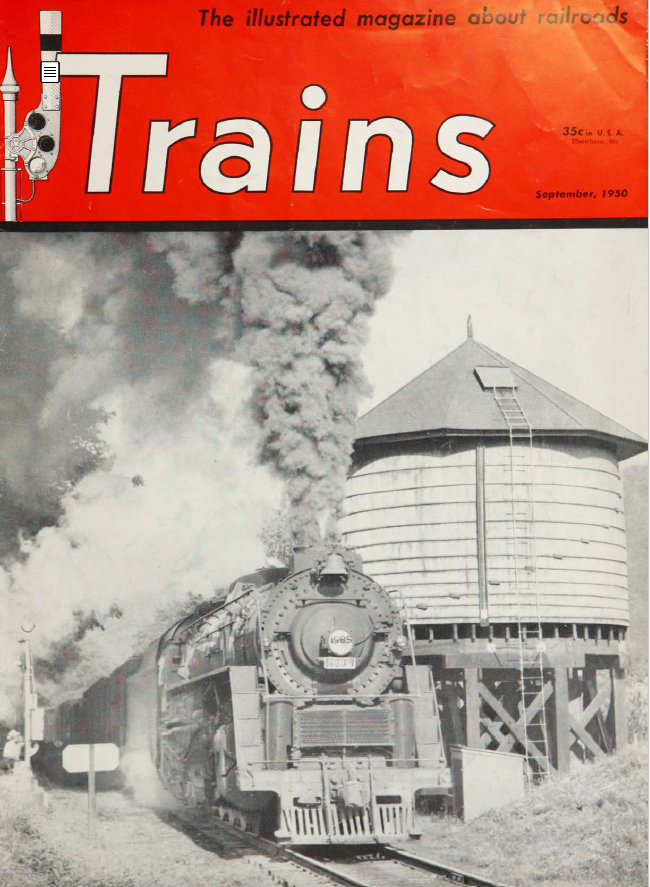

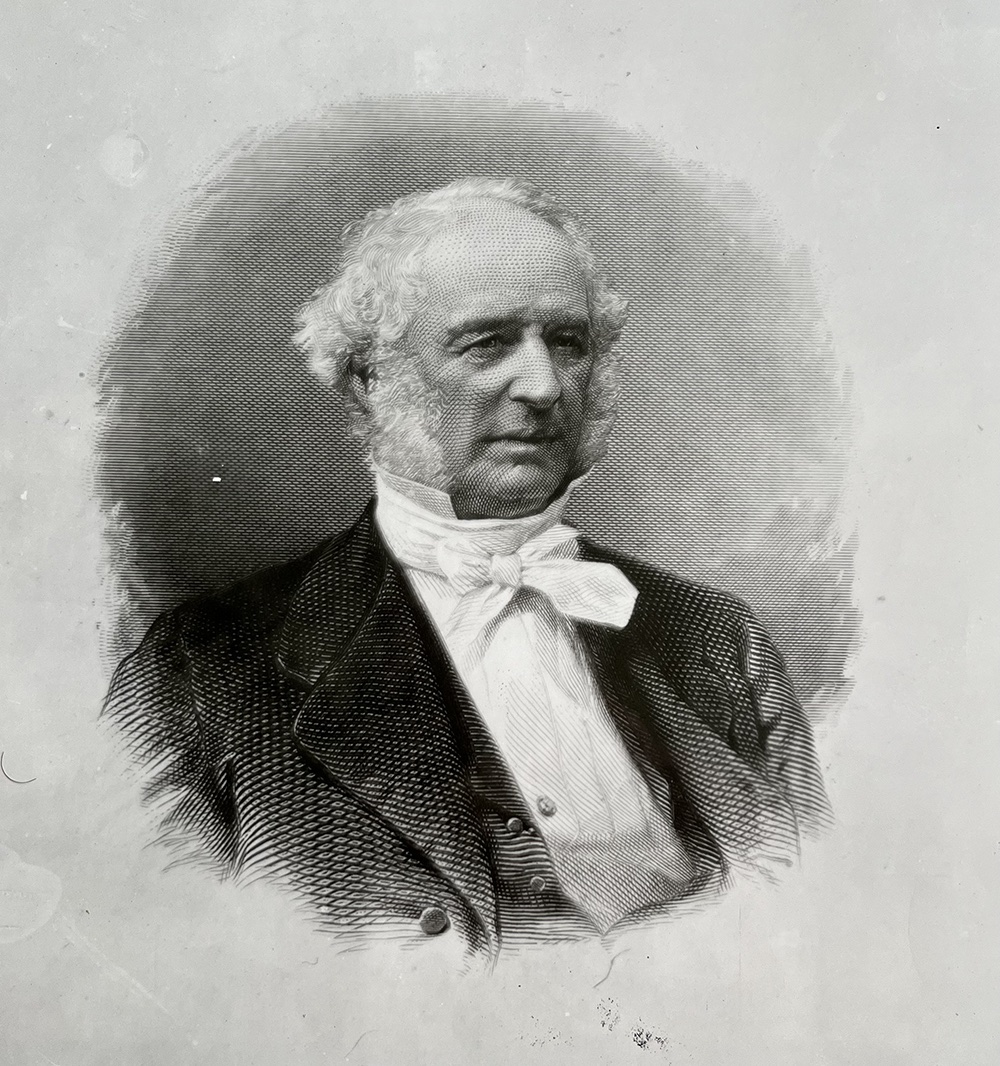




Steve,
I have always enjoyed and learned from your photography and your writings. It was great when you came to Moorhead as the public program of the Fargo/Moorhead chapter of the National Railway Historical Society several years ago. Having supper with you that evening was very enjoyable.
George Davis
Northfield
Steve,
I cannot recall anything with your byline that I hated, so you must be doing something right. Keep it up.